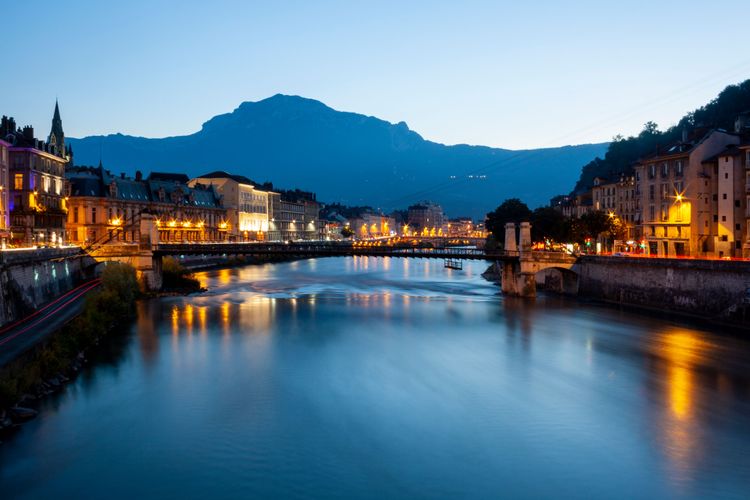The Musée de Grenoble is one of the most impressive art museums in all of Europe, and perhaps the continent’s most underrated. Founded in 1798 as the first provincial museum in the country, the museum’s current site is a sleek glass and steel structure inaugurated in 1994, whose windows allows stunning panoramas of the surrounding mountains to compliment the museum’s comprehensive collections and whose body seemingly melts into the greys and whites of the Alpine giants that loom around it.
The museum’s main attraction is its woven summary of Western painting since the 1200s culminating in its world-beating contemporary art collection. It is a reliquary of unexpected gems: in the pre-contemporary collections, expect to stumble upon works by Veronese, Régnier, Rubens, van Dyck, Guardi, Delacroix, Ingres, Gauguin, and Renoir, each placed into fascinating chronological context by the masterful curation of these winding hallway galleries. Then, explode into the more open-space contemporary collection which summarises almost every great art movement of the twentieth century between its walls. It holds one of the oldest contemporary art collections in the world and offers works by, to name just a few, Matisse, Chagall, Picasso, Monet, Magritte, Miró, Rodin, Ernst, Modigilani, and Warhole. Othon Friesz’s La Guerre (1915) is a particularly impressive (but particularly underrated) part of the collection.






